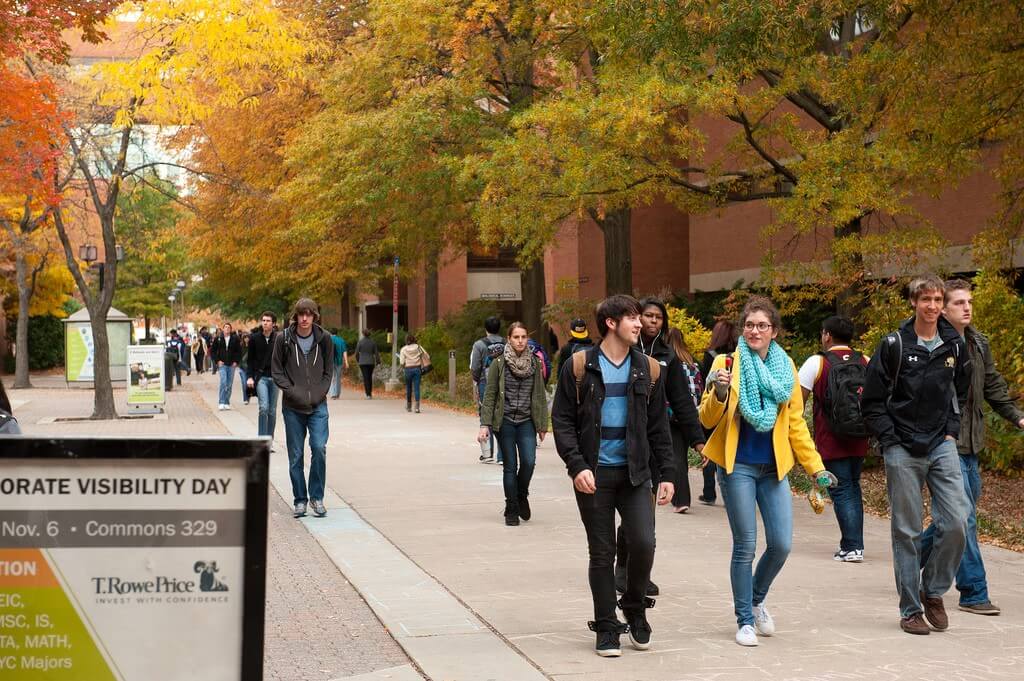Yes, transferring colleges can affect your financial aid in a few different ways. The exact way your financial aid will be affected will depend on a couple of different factors. The difference in cost between your old and new college is one such factor. The types and amount of financial aid that your new college offers also play a role. Even the year you’re in and the time of year you transfer will impact your financial aid.
If you’re considering switching colleges, it’s important to understand how transferring schools will impact your financial aid.
7 Ways Transferring Colleges Will Affect Your Financial Aid
1. Your current financial aid will not transfer to your new college
Your current college would have put together a financial aid package for you based on the information you submitted through the Free Application For Federal Student Aid (FAFSA). But that package only holds good as long as you continue studying in the same college.
When you transfer, you need to request your FAFSA application to be sent to your new college. The new financial aid office will use the information on your application to create a customized package that’s valid at their institution.
The information required to put together a financial aid package may vary from one school to another. Make sure to ask your current school what information they need in advance so your aid is not delayed.
2. Your financial aid award may be different
Every institution allocates financial aid differently. When you transfer, your new college will use its own calculations to put together an updated financial aid package for you. The basic aid at your new college should be similar to what you’re receiving at your current school. However, there are a few factors that will make the difference.
You’ll see the biggest difference in financial aid if you’re receiving state aid and you transfer from an in-state college to a college in a different state. That’s because state grants are only offered on condition that you attend an in-state college. When you transfer to an out-of-state school, you lose access to that particular aid.
Your new school’s resources are another factor that affects the amount of financial aid you receive. Some colleges have more funds to distribute to students compared to others. Depending on your new college’s resources, you may receive a larger or smaller financial aid package.
3. The cost of attendance matters
As a general rule, the financial aid a student receives cannot be more than the total cost of attendance. That includes the total amount of financial aid you receive through scholarships, grants, and student loans. If the cost of attendance at your new college is lower than the cost of attendance at your current college, you’ll receive a lower aid package.
4. When you transfer matters too
What time of the year you transfer can also impact your financial aid. If you transfer halfway through the academic year, it’s likely that you may not receive any institutional aid for the remainder of the year. This is because every state and every university sets aside a limited amount of aid to be distributed for the current academic year. That aid is distributed on a first-come first-served basis and in most cases, it’s exhausted at the beginning of the academic year. Neither the school nor the state keeps aid for students who may want to transfer in the middle of the academic year.
5. Your current student loans will enter repayment
Repayments on student loans generally become due six months after graduation day. But there is one exception. If a student drops out of school before graduating, their loans enter repayment immediately. This applies to federal and well as private student loans.
Transferring to another college midway through your degree is considered as leaving college. That means the student loans you took for your current college will become due from the date of your transfer. You may be able to transfer some or all of the credits you’ve earned to your new college but you cannot transfer your student loans.
It’s important to understand the difference in loan repayments between graduating from the same college and transferring to a new college. When you graduate from the same college where you first started, your loan repayments will start six months after graduating. You don’t have to make any payments while you’re still in school. However, when you transfer, you’ll have to take a new loan to cover your new college tuition. At the same time, you’ll have to start making payments on your current loans while you’re still in school.
If you’re considering transferring, speak to the financial aid office at your current school. They will advise you on the best time to transfer so that your student loans go back into in-school deferment. That way you won’t have to worry about making payments on your loans right away.
6. Work-study options may not be available
Work-study is a type of federal financial aid. You can choose this option through the FAFSA. However, work-study availability varies from one college to another. Not all schools offer this option and among those who do, the opportunities can vary considerably. If work-study is important for you, make sure that your new college offers this option as part of their aid package. Also, find out if there are any openings available. Most colleges distribute work-study on a first-come first-served basis and there may not be anything available to students transferring midway through the academic year.
7. Special mention – Parent PLUS loans
Parent PLUS loans are a type of federal financial aid that’s only available to parents of students. A notable feature of these loans is that a parent can borrow up to the cost of attendance at your college. This is unlike other student loans that are based on the family’s financial circumstances.
If your parent has taken a Parent PLUS loan and the cost of attendance at your new school is lower or higher than your current school, it can impact how much you’re eligible to borrow.
How To Qualify For Financial Aid When You Transfer To A New School
1. Start with filing the Free Application For Federal Student Aid (FAFSA).
This is a mandatory requirement for receiving any type of federal financial aid. This allows your college to determine your financial aid award. When you transfer colleges, you are in fact applying to a new institution. They will need to access your financial information to put together a financial aid package based on your eligibility.
2. Notify Your Financial Aid Office About Your Transfer Decision
Make sure to notify the financial aid office at your current college in advance about your decision to transfer. This will give them enough time to check that your account is fully settled. This is important because you will only receive your transcript is your account is fully settled. Moreover, students cannot receive federal financial aid for two different colleges at the same time so it helps to cooperate with the office to help speed up the process. The financial aid office will also let you know if there are any other formalities you need to complete so that the transfer proceeds without a hitch.
3. Speak to the Financial Aid Office At Your New School
It helps to also speak to the financial aid office of your new school to find out if they need any other information from you to speed things up. The sooner you know about your financial aid award, the sooner you can work on figuring out how you’re going to cover the funding gap if any. As a transfer student, you may be eligible for awards from private companies and nonprofit organizations. As a last resort, you may need to take private student loans to cover the remaining balance.
Whether you’re transferring colleges for a better education, to save on the cost of tuition, or to be closer to home, remember, that this decision will affect your financial aid. Taking the time to understand the ramifications is key to making the right decision without taking on too much student loan debt.
*Apple and the Apple logo are trademarks of Apple Inc., registered in the U.S. and other countries.







